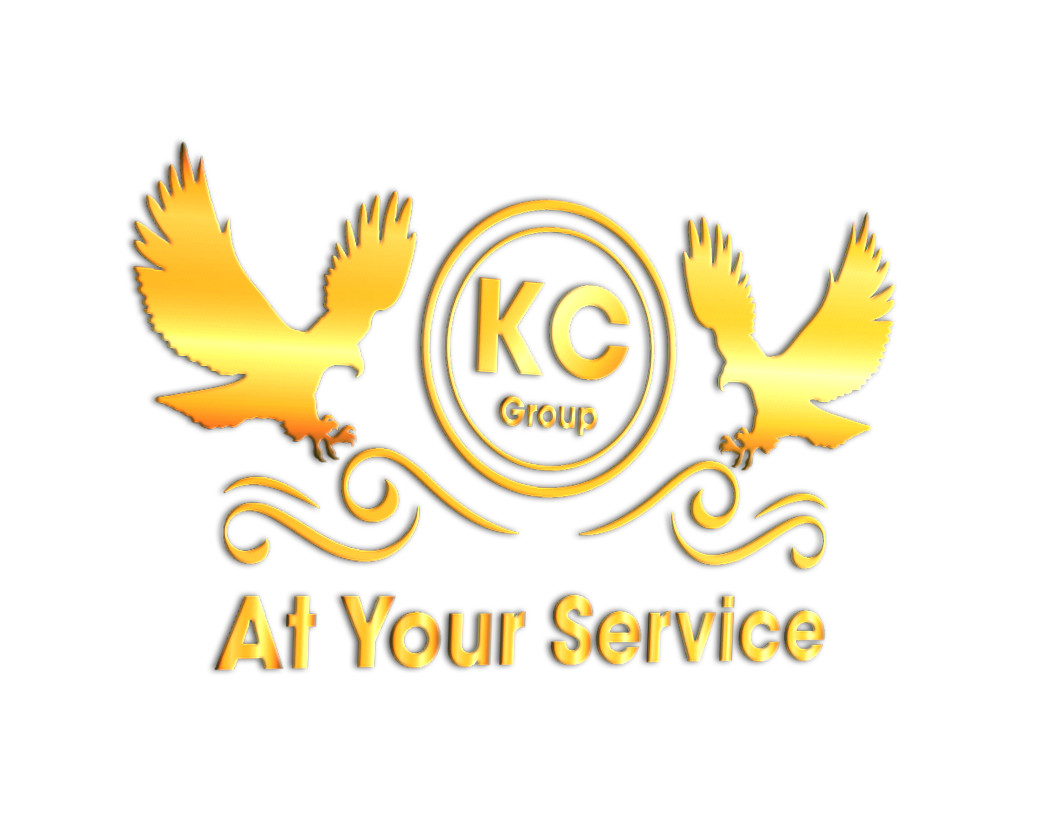FIRE PROTECTION EVALUATION & INSTALLATION
FIRE PROTECTION EVALUATION & INSTALLATIONHOME
 We strongly believe that having fire protection equipment is not sufficient in industries. But every insutry should have adequate fire protection systems with sufficient manpower with knowledge and training to operate systems at the time of need.
We strongly believe that having fire protection equipment is not sufficient in industries. But every insutry should have adequate fire protection systems with sufficient manpower with knowledge and training to operate systems at the time of need.
Fire Protection System & Installation
Fire protection systems are crucial for safeguarding lives and property against fire hazards. Proper installation and maintenance of these systems ensure compliance with safety regulations and effective emergency response.
Understanding Fire Protection Systems
A fire protection system consists of various components designed to detect, control, and suppress fires. These systems are categorized into active and passive protection measures:
-
Active Fire Protection (AFP): Involves automated or manual systems that actively respond to fire incidents. Examples include fire alarms, sprinklers, and extinguishers.
-
Passive Fire Protection (PFP): Focuses on containing and slowing the spread of fire through structural measures like fire-resistant walls, doors, and coatings.
Types of Fire Protection Systems
-
Fire Alarm Systems – Detect smoke, heat, or flames and alert occupants.
-
Automatic Sprinkler Systems – Distribute water automatically when a fire is detected.
-
Fire Extinguishers – Portable devices for manually suppressing small fires.
-
Fire Suppression Systems – Utilize specialized agents (foam, gas, or dry chemicals) for fire control.
-
Smoke Control Systems – Help in ventilating and clearing smoke from buildings.
-
Hydrant & Standpipe Systems – Provide a reliable water source for firefighting.
Installation of Fire Protection Systems
Planning & Design
-
Conduct a fire risk assessment.
-
Determine the appropriate fire protection system for the building type.
-
Design systems following local fire safety codes and international standards.
Installation Process
-
Site Preparation – Identify key fire hazard zones and install system components accordingly.
-
Component Installation – Set up alarms, sprinklers, hydrants, and suppression systems.
-
Integration & Testing – Ensure all systems work together effectively.
-
Compliance & Certification – Obtain necessary approvals and certifications from fire safety authorities.
Maintenance & Inspection
-
Regularly check and test fire alarms and sprinklers.
-
Inspect fire extinguishers and replace expired units.
-
Ensure smoke control and suppression systems are fully operational.
-
Conduct periodic fire drills and employee training.
Why Fire Protection Systems Are Essential
-
Prevents loss of life and property damage.
-
Ensures compliance with fire safety regulations.
-
Reduces business downtime and operational disruptions.
-
Enhances workplace safety and emergency preparedness.
Investing in a high-quality fire protection system and proper installation is a proactive step toward safety and compliance. Contact KCGROUP today to learn more about fire safety solutions tailored to your needs.

